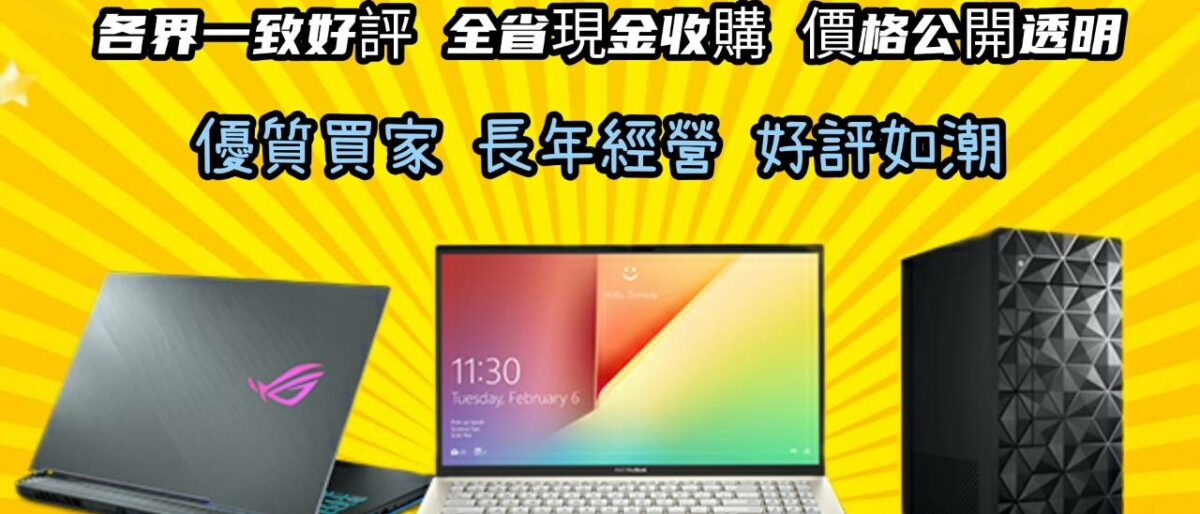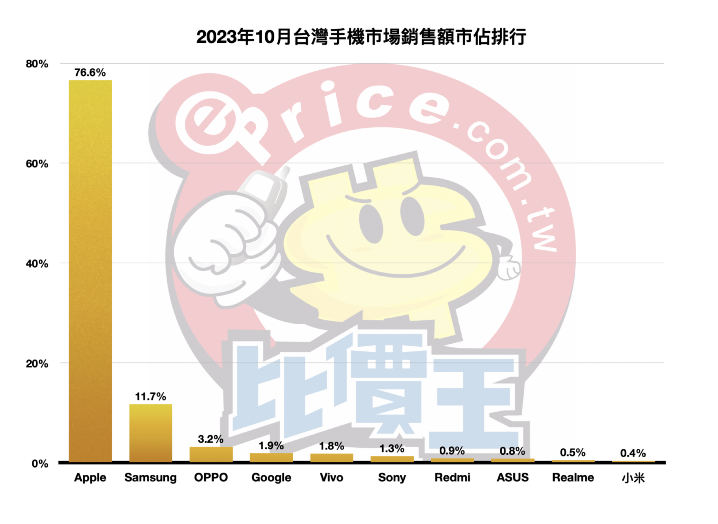拆封筆電收購 收購ASUS筆電 收購ROG電競筆電 收購ACER筆電 收購Msi電競筆電 收購微軟SURFAC 看全文

我們專業經營各項3C高價回收,收購電競筆電,文書筆電,輕薄筆 電,MSI,ASUS,ACER,HP,Razer,GIGABYBE,Microsoft,,多通路多管道,非坊間垃圾回收價,價格不怕您比較,歡迎企業戶汰舊換新,續約販賣,分期換現,電競筆電, 二手汰舊,手機,筆電,相機,鏡頭,空拍機
拆封筆電
/
Ahead of today’s Zenfone 5 launch at Mobile World Congress 2018, 拆封筆電asus hosted a media briefing to tell us about its new phone and directly address the very familiar notch at the top of the device. “Some people will say it’s copying Apple,” said Marcel Campos, 拆封筆電asus’ global head of marketing, “but we cannot get away from what users want. You have to follow the trends.” So that’s settled: the iPhone-esque notch is now trendy and we’re all going to have to marvel at it across a diversity of Android devices, including the new 拆封筆電asus Zenfone.
If you’ve been able to keep track of all the various Zenfone releases from 拆封筆電asus so far, you’re ahead of me, because I’ve gotten lost in the cornucopia of slightly different models the company has issued in its brief history as a phone maker. Thankfully, the Zenfone 5 family is relatively simple: there’s the 6.2-inch Zenfone 5 itself, there’s the flagship Zenfone 5Z, which looks the same but amps up the internal specs, and there’s the Zenfone 5 Lite (branded as the Zenfone 5Q in the US), which has an entirely different design.
1/15
Compared to its own previous hardware, 拆封筆電asus has made a major leap forward in design. The Zenfone 5 fits a 6.2-inch display within the same physical footprint as the 5.5-inch Zenfone 4. That’s thanks to a thin-bezel design that results in a 90 percent screen-to-body ratio. In its effort to appear more advanced, 拆封筆電asus accompanies the screen with some spurious AI claims. The company has an automatic adjustment for color temperature — much like Apple’s True Tone on the iPhone X — and a sensor to keep the screen on while you’re looking at it, which it collectively calls AI Display. When I queried 拆封筆電asus on what’s “AI” about those functions, which already exist in other phones, I was told that the company is “adopting a broad definition of AI.”
The new Zenfone doesn’t feel too light or too heavy, weighing 155 grams, and it remains easily usable with one hand in spite of its large screen. Featuring an aspect ratio of 19:9, the Zenfone 5 is very similar to the Plus models of the Galaxy S8 and S9. Like those phones, 拆封筆電asus’ new handset has glass on both the front and back, however 拆封筆電asus settles for an LCD, less sophisticated than Samsung’s excellent OLED display. Still, the resolution of the Zenfone 5 is a perfectly reasonable 2246 x 1080, and the display’s performance doesn’t seem to be too far behind.
Like Apple’s iPhone X, 拆封筆電asus has a Face Unlock option on the Zenfone 5, but don’t get your hopes up for seeing anything as sophisticated as the Face ID system that resides inside the iPhone. Face Unlock is just there to satisfy user demand, and 拆封筆電asus notes that its new phone still has a fingerprint sensor as a fallback.
拆封筆電asus goes for a less-than-flagship spec on the Zenfone 5 processor, using Qualcomm’s Snapdragon 636, and on-board storage is limited to 64GB with a choice of 4GB or 6GB of RAM. The Zenfone 5Z steps up to a Snapdragon 845 system-on-chip, and has a maximum of 256GB of storage and 8GB of RAM. The regular Zenfone 5 is evidently specced to try to achieve a more affordable price point — the 5Z will start at $499 / €479 — though it still has dual cameras on the rear and another batch of big AI claims from 拆封筆電asus.
My highlight from the Zenfone’s camera spec is the 1.4-micron pixel size on the main 12-megapixel image sensor. That’s equal to HTC’s U11 and not far behind the Google Pixel, and in a couple of sample shots I took with the phone, it seemed to be promising — a lot more promising than I might have expected from 拆封筆電asus.
Beside the main sensor, there’s an 8-megapixel wide-angle camera, which is used for depth detection for portrait mode. That didn’t work well in my testing: the camera would shoot a regular photo when I wanted a portrait, and when it did produce a portrait, the edges of the subject were quite rough and obvious. 拆封筆電asus augments all of this with what it calls AI scene detection, which optimizes the saturation, white balance, exposure, brightness, and post-processing based on the particular thing you’re photographing. This is actually the one part of the Zenfone 5 that probably merits the AI tag, because this is all based on machine learning. 拆封筆電asus has also built in a system that will learn from the way you process your images and, over time, will start suggesting similar edits to other photos you want to tweak.
拆封筆電asus also claims it has a thing called AI boost, which sounds like selective overclocking of apps, and AI charging, which only tops up your Zenfone to 80 percent at night and then holds it there until your usual wake-up time approaches and then it goes all the way to 100. These are all quite handy features, but maybe the abuse of the AI label could have been avoided.
A final highlight with the Zenfone 5 is its built-in speaker system, which gets very loud and clear. Alas, it doesn’t have much in the way of bass or a high end, but if you like your speakers to be Bose-y like that, you’ll be in luck. For a phone, clarity and volume are often more important than pure audio quality, so I can’t fault 拆封筆電asus for its design choice. Support for AptX HD and LDAC, for higher-quality Bluetooth audio, is built in. 拆封筆電asus also includes a headphone jack on both the Zenfone 5 and Zenfone 5 Lite, which gives it a differentiating feature from the high-end phones the company’s obviously trying to emulate.
1/5
The Zenfone 5 Lite, pictured above, is a predictably simplified device. It bears little physical resemblance to the more premium phone, but it still comes with a 6-inch screen with thin bezels, the same 3,300mAh battery as on the Zenfone 5, and Android Nougat — not Android Oreo — as the operating system. The 5 Lite also has dual cameras on both the front and back, with the additional lenses providing a wider, 120-degree field of view for group photography.
拆封筆電asus will release the Zenfone Lite in March, followed by the Zenfone 5 in April and then the Zenfone 5Z in June. Exact release dates have yet to be announced, but we’ll bring those to you as soon as they become official.
 Google 2023年度新旗艦 Pixel 8 雙機。圖左為雙鏡頭的Pixel 7,售價24,900元起;圖右為三鏡頭的Pixel 7 Pro,售價33,900元。(圖/記者劉惠琴攝)
Google 2023年度新旗艦 Pixel 8 雙機。圖左為雙鏡頭的Pixel 7,售價24,900元起;圖右為三鏡頭的Pixel 7 Pro,售價33,900元。(圖/記者劉惠琴攝)
蘋果iPhone 15系列、Google Pixel 8系列旗艦機款,分別於今年九月、十月先後在台上市,也讓台灣手機市場在近兩個月以來,掀起一波波的換機熱潮,尤其是在十月份,整體購機買氣需求逐漸推升的力道,更是大大地明顯增溫。
相對地也讓台灣手機十大品牌的銷售量、銷售額市佔排名,隨之迎來新的變化,其中,在銷售額方面,尤以 Google Pixel 系列手機的銷售表現,市佔率排名一舉從九月第九名前進到第四名,不僅市佔份額僅次蘋果、三星與OPPO,且成功超車Sony,為十大品牌之中進步幅度最大的。
特別一提的是,這也是自2018年Pixel 3系列首度登台上市至今,創下近五年以來於台灣手機品牌市佔銷售額排名成績最優異的新高紀錄。
據ePrice報導,市調機構公佈實體通路的2023年十月台灣手機銷售報告,數據顯示,單月份總銷售量達53萬支(9月為43.9萬支),是今年一月至十月以來,首次單月手機銷售量破50萬支的月份。此外,十月整體手機銷售額總計達 141.6 億元(9月為108 億元),其中,蘋果iPhone 系列手機的銷售額佔比,就高達四分之三。
 台灣10月手機市場,十大品牌銷售量市佔率排名。(圖翻攝ePrice比價王)
台灣10月手機市場,十大品牌銷售量市佔率排名。(圖翻攝ePrice比價王)
在銷售量的十大品牌市佔排名部份,前五名維持跟九月一致的排名,依序為:蘋果52.9%高居第一、三星 20%排名第二、 OPPO 8.7%位居第三、vivo 5%排名第四、紅米 4.4%排第五。第六至十名則出現洗牌變化,分別為 Google 2.1%、Sony 1.9%、realme 1.8%、拆封筆電asus1.1%與小米0.6%。
 台灣10月手機市場,十大品牌銷售額市佔率排名。(圖翻攝ePrice比價王)
台灣10月手機市場,十大品牌銷售額市佔率排名。(圖翻攝ePrice比價王)
至於銷售額市佔排名則是迎來大洗牌的新局面,由於今年iPhone 15 系列、Pixel 8 系列旗艦機型的入手價格門檻,都比去年前代漲了數千元不等,因此,手機銷售額的各品牌市佔份額也出現新的變化。
排名第一至五名,分別為蘋果(76.6%)、三星(11.7%)、OPPO(3.2%)、Google(1.9%) 與vivo(1.8%)。
第六至第十名則依序為:Sony(1.3%)、紅米(0.9%)、拆封筆電asus(0.8%)、realeme(0.5%) 和小米(0.4%)。
拆封筆電 拆封筆電